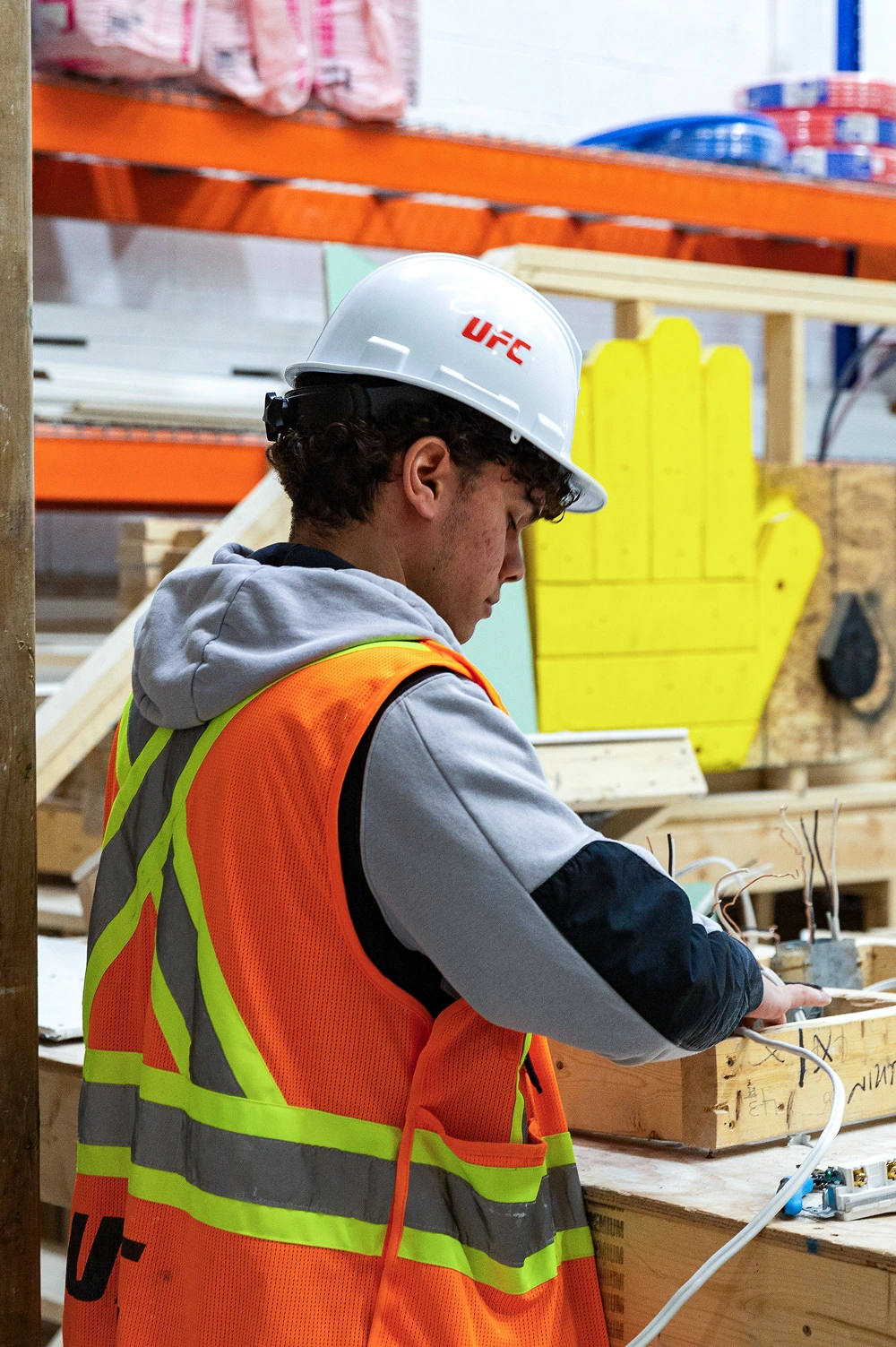Skilled Trades Wanted

Published On
2022-11-18

A career in trades can be very satisfying for people who like working with their hands. So if you like creating and building things, this might just be the career for you!Career-shifters and aspiring business owners will also enjoy a job in the trades—with flexibility and variation in your day-to-day, learning a trade right after high school is just as rewarding as learning a trade at 30 (or any age, really).Want to know how to get into trades? Here’s a quick summary to guide you through the process.

You’ve finally decided you want to pursue a career in trades. Great! Now, if you’re wondering what trade is best to get into, all you need to do is find a trade that best suits your interests, abilities, and life goals.It can be baking, electrical, styling, plumbing, or even home renovation. With skilled trades, you can earn from a skill or hobby you are very passionate about.There are about 400 designated trades in Canada, but only a number of them are considered Red Seal Trades. Red Seal Trades are designated trades for which you can earn a Red Seal Endorsement after training. A Red Seal endorsement is a seal on your certificate that indicates you have passed the Red Seal Exam. Passing the Red Seal Exam means you have the appropriate knowledge and skills to practice your trade. And with the endorsement, you can use your certificate to work across Canada.
To be an apprentice, you’ll have to meet certain requirements. Depending on the province and trade, this might include:
Once you’ve confirmed that you meet the requirements, you can sign up for an apprenticeship with your local apprenticeship office. If you don’t have an employer yet, you can still sign up for an apprenticeship, but you’ll need to earn on-the-job hours to complete it. The sooner you find an employer, the sooner you can accumulate the required on-the-job hours.Once registered, you will be assigned an Apprentice ID, which you will need when you register for classes, schedule your exams, and apply for employment insurance.
Apprenticeship opportunities will allow individuals with prior experience or a pre-apprenticeship program certification to earn while training.Depending on the trade, apprenticeship programs can range from one to five years and include in-class learning, which will comprise up to 20% of your entire training.You can find opportunities on popular job boards and on Canada’s job bank.
Once you’ve found an employer who can provide you with on-the-job training, register your training agreement with your local apprenticeship office.Your provincial office will advise you on how to manage and document your learning and working hours (e.g., using an apprenticeship logbook). The number of hours required will depend on the trade, but typically, an apprentice works 30 to 40 hours per week, pretty much like a regular employee.You will also receive a Registration Card that your employer will need to sign. This will also serve as your company ID when working at the job site.
You will be required to attend and complete a combination of hands-on and classroom training for every level of your trade in order to progress to more advanced levels.You will also need to pass exams. There are three kinds:
Not all training programs include formal technical training and level exams, but if you choose one that includes them and you’ve already completed a pre-employment program, you might not need to take a level one exam.Also, if your chosen trade does not require formal technical training, you can contact your local apprenticeship office to schedule and proceed with the final certification exam once you are ready.

After you’ve successfully finished your training and passed your certification exam, you will be given a journeyperson certification or a certificate of qualification.If you enrolled in a Red Seal Program, completion of your training and exams will entitle you to work not only within your province or territory but anywhere within Canada. Experienced tradespeople who have never been certified in Canada can get certified by applying to “challenge” the certificate in their trade. Qualified applicants will be required to complete all program requirements and pass the assessment/s within 24 months of approval to prove that they indeed have the knowledge and skills to practice.
You can begin your pre-apprenticeship training now to prepare for your apprenticeship. With a Pre-Apprenticeship Certificate from Skilled Trades College of Canada, you can start your apprenticeship in as early as 12 weeks! Need more advice on how to get into trades or on choosing the right track?Give us a call or leave a message—and we will help you plan your career.
9,281+
LIVES CHANGED

12,481+
WIRES PULLED

85,382+
2X4'S CUT

9,756+
PIPES LAYED

9,281+
LIVES CHANGED

12,481+
WIRES PULLED

85,382+
2X4'S CUT

9,756+
PIPES LAYED

9,281+
LIVES CHANGED

12,481+
WIRES PULLED

85,382+
2X4'S CUT

9,756+
PIPES LAYED
